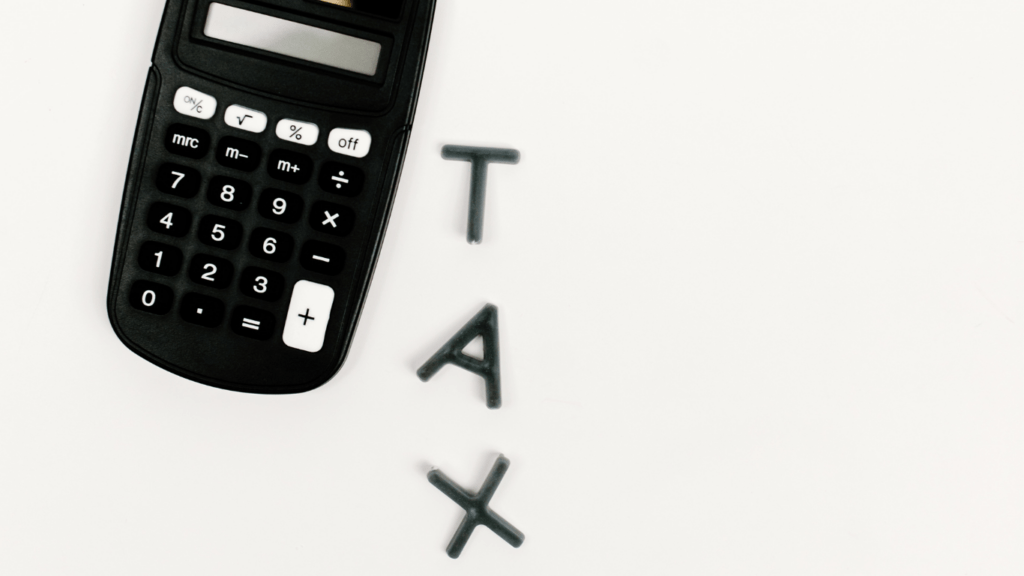Understanding Cryptocurrency Taxation
Cryptocurrency transactions fall under specific tax regulations. The IRS classifies cryptocurrencies as property, not currency, which means each transaction involving crypto triggers a taxable event. This includes:
- trading
- converting to fiat
- using crypto to buy goods or services
When I trade cryptocurrency, the profit or loss from each trade counts as a capital gain or loss. Short-term gains occur for assets held less than a year and are taxed at my ordinary income rate. Long-term gains, for assets held longer, enjoy lower tax rates, typically between 0% to 20%.
Crypto received as payment for goods or services gets taxed as ordinary income based on the fair market value at the time of receipt. This applies whether I’m running a business or earning a salary in crypto.
It’s crucial to accurately track all cryptocurrency transactions. Using a comprehensive tracking tool or software helps me log transactions, compute gains or losses, and determine tax liabilities. Maintaining detailed records prevents discrepancies and ensures compliance with IRS regulations.
Essential Terminology
Understanding key terms simplifies reporting your cryptocurrency gains and losses.
Capital Gains
Capital gains refer to the profit you make from selling a cryptocurrency for more than you paid. Short-term gains, which occur when you hold an asset for less than a year, are taxed at ordinary income rates. Long-term gains, for assets held over a year, benefit from lower tax rates, typically 0%, 15%, or 20%.
Capital Losses
Capital losses happen when you sell your cryptocurrency for less than you paid. These losses offset your capital gains, reducing your taxable income. If your losses exceed gains, up to $3,000 of the excess can offset other income, with remaining losses carried forward to future years.
Cost Basis
Cost basis is the original value of your cryptocurrency, including purchase price and associated fees. This value determines your gain or loss when you sell. Accurately track your cost basis using tools or software to ensure correct tax calculations.
Calculating Your Cryptocurrency Gains
Accurately calculating cryptocurrency gains involves understanding transaction details, including buying and selling prices, cost basis, and the holding period to determine short-term or long-term gains.
Identifying Buying and Selling Prices
Identifying buying and selling prices is crucial for calculating cryptocurrency gains. Buying price, also called the purchase price, is the value of cryptocurrency when acquired.
Selling price is the value when cryptocurrency is sold or exchanged. Track each transaction using reliable tools or exchange records to ensure accuracy.
Calculating Your Cost Basis

Calculating your cost basis involves determining the original value paid for the cryptocurrency. Cost basis includes the purchase price plus any associated fees or commissions. Accurate cost basis helps in identifying capital gains or losses. For example, if you bought Bitcoin for $10,000 with a $100 fee, your cost basis is $10,100.
Determining Short-term vs Long-term Gains
Determining short-term vs long-term gains depends on the holding period of the cryptocurrency. Short-term gains occur if cryptocurrency is held for one year or less before selling, taxed at ordinary income rates.
Long-term gains apply if held for more than one year, subject to lower capital gains tax rates. Track holding periods to accurately report gains and determine applicable tax rates.
Reporting Gains and Losses
Cryptocurrency gains and losses must be reported accurately to comply with IRS regulations. Proper reporting ensures clarity in tax obligations and prevents potential legal issues.
Using IRS Forms
To report cryptocurrency transactions, use IRS Form 8949. This form details each sale of cryptocurrency, including date acquired, date sold, proceeds, cost basis, and gain or loss.
Transfer data from Form 8949 to Schedule D, which summarizes capital gains and losses. Finally, incorporate this information into Form 1040 for individual income tax returns.
Specific Identification Method vs. FIFO
Two methods can be used for reporting gains and losses: Specific Identification and FIFO (First In, First Out).
Specific Identification: This method allows identifying specific units of cryptocurrency sold to determine the cost basis. This is advantageous if you can identify and match the highest-cost coins sold, potentially minimizing taxable gains.
FIFO: Under FIFO, the assumption is that the first units purchased are the first sold. This often results in higher taxable gains if the value of cryptocurrency has increased over time.
Common Mistakes to Avoid
Avoid these common mistakes when reporting cryptocurrency gains and losses:
- Ignoring Small Transactions: Report all transactions, regardless of size.
- Miscalculating Cost Basis: Ensure accurate tracking of the original purchase price.
- Neglecting Airdrops and Forks: Include income from airdrops, forks, and staking.
- Overlooking Fees: Deduct transaction fees from gains where applicable.
- Mixing Personal and Business Transactions: Separate personal from business transactions to ensure correct reporting.
Accurate and thorough reporting ensures compliance and avoids penalties.
Keeping Accurate Records
Accurate record-keeping is essential when reporting cryptocurrency gains and losses. Proper documentation ensures compliance and simplifies the reporting process.
Tracking Transactions
I track every cryptocurrency transaction to ensure accurate reporting. Each transaction, including buying, selling, receiving, or spending, must be documented.
Essential details include dates, amounts, and the nature of each transaction. For example, I note the date of purchase, the amount of cryptocurrency bought, and the price at which it was bought.
This comprehensive record helps determine capital gains or losses by establishing the cost basis and sale price.
Using Software Solutions
Using software solutions streamlines the record-keeping process. Several tools automatically track and report transactions. Popular options include CoinTracker, CryptoTrader.Tax, and Koinly.
These tools integrate with major exchanges and wallets, providing real-time updates and detailed reports. I find that using software reduces mistakes and saves time, offering seamless integration for tax reporting.
Seeking Professional Help
Navigating cryptocurrency taxes can be complex. Seeking professional help ensures compliance and optimizes your tax situation.
When to Consult a Tax Professional
Consider consulting a tax professional if you engage in frequent trading or complex transactions, like staking or liquidity mining. Professional advice is beneficial for individuals who trade large volumes or hold significant cryptocurrency assets.
Tax professionals can offer insights on evolving tax laws and help avoid potential pitfalls. They can also represent you in case of an IRS audit, providing peace of mind.
Finding Cryptocurrency-savvy Accountants
Look for accountants with experience in cryptocurrency taxation. Search for credentials like CPA (Certified Public Accountant) or EA (Enrolled Agent) and ensure they stay updated on IRS guidelines.
You can find qualified professionals through platforms like TaxBit and Crypto Tax Girl, which specialize in connecting users with knowledgeable cryptocurrency tax experts. Ask potential accountants about their past experience with crypto clients and request references to verify their expertise.

 Alice Morillo is a prominent figure at The Digi Chain Exchange, known for her passion and expertise in the field of cryptocurrency and digital finance. With a keen interest in the evolving landscape of blockchain technology, Alice has dedicated herself to providing insightful content that helps both new and seasoned investors navigate the complexities of the crypto world. Her contributions to The Digi Chain Exchange reflect her deep understanding of market trends, trading strategies, and the regulatory environment surrounding digital assets.
Alice Morillo is a prominent figure at The Digi Chain Exchange, known for her passion and expertise in the field of cryptocurrency and digital finance. With a keen interest in the evolving landscape of blockchain technology, Alice has dedicated herself to providing insightful content that helps both new and seasoned investors navigate the complexities of the crypto world. Her contributions to The Digi Chain Exchange reflect her deep understanding of market trends, trading strategies, and the regulatory environment surrounding digital assets.

